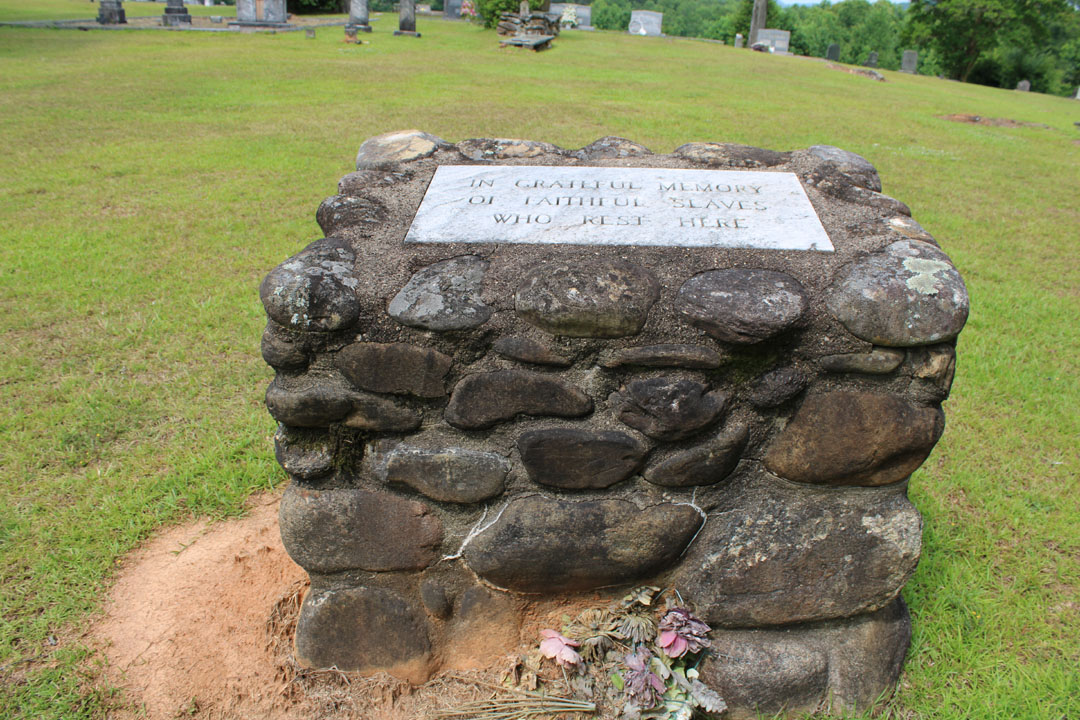Publisher's note: This story was printed in the September 1, 1999 issue of The Pickens Sentinel newspaper and was written by The Pickens County Chronicle's Publisher, Karen Brewer, in 1999 when she was the Editor of The Pickens Sentinel. The photographs have been updated, taken in 2024.
Oolenoy...The birthplace of Pickens County
By Karen Brewer
Most people think of Oolenoy only one time a year, on that second Saturday in October as the air turns crisp and the area foliage begins to change, when thousands of people gather at the community building for arts and crafts, games, a parade, and pumpkins. But the Oolenoy community near Pumpkintown is much more than the site of the annual Pumpkin Festival. It is, in effect, the birthplace of Pickens County.
In 1743, Scottish born Cornelius Keith, his wife, Juda Thompson Keith, and their child traveled by covered wagon from Virginia to what is now the Oolenoy area of Pickens County.
It has been written that, upon seeing Table Rock Mountain, 28-year-old Keith remarked, “This is our home.”
He built a brush arbor and then a log house on land for which he traded one of his ponies to the native Cherokee and their tribal chief, Woolenoy (Oolenoy) in the Uwharrie Village.
In front of the Oolenoy Community Building (formerly the Oolenoy School), located on Highway 135, stands a marker dedicated to that first white man who settled in the Cherokee land that is now Pickens County. Erected in 1973 by some of his descendants, the marker was sponsored by the Cornelius Keith Chapter of the Daughters of the American Colonists. Not far from the site of Keith’s original homestead, the marker reads: “Cornelius Keith, 1715-1808. In the cemetery of Oolenoy Baptist Church is the grave of Cornelius Keith, born in Loch Lomond, Scotland of royal lineage. The Keith family came to South Carolina from Virginia. Original pioneers of Oolenoy Valley. Acquired land from the Cherokee Indian Chief Woolenoy. Married Juda Thompson. Progenitor of many illustrious descendants. Three sons were Revolutionary War heroes.”
In 1956, more than 100 Keith descendants honored their ancestor with a large granite monument to mark his gravesite. In the center of the monument, a bronze plaque bears the Keith family coat of arms and reads: “Cornelius Keith, born in Loch Lomond, Scotland of royal lineage. Original pioneer of Oolenoy settlement started about 1743. Married Juda Thompson. Reared twelve children. One son was Colonel Cornelius Keith, Jr., Revolutionary War hero, whose wife was Mary Lafoone” Cornelius Keith, Jr. is also buried in this cemetery.
The Oolenoy Baptist Church cemetery also has a monument to the Cherokee, for the cemetery was originally a Cherokee burial ground. The granite memorial was erected in 1995, more than 250 years after Cornelius Keith first settled in the Cherokee homeland. Originally the inspiration of Mrs. Bert Hendricks Reece, first President of the Community Development Club who died in 1970, the project was completed by Oolenoy Baptist Church’s bicentennial committee and a committee from the Oolenoy Community Club. The monument’s foundation was made from stone from the chimney of the log house of Cornelius Keith IV, a descendant of Cornelius Keith, Sr., and reads “The Peace-Loving Cherokee Rest Here.” A bronze plaque bears the Cherokee Seal, a seven-pointed star representing the seven clans of the Cherokee, and the number seven, sacred to many Cherokee ceremonies. The Cherokee Seal was adopted by Act of the Cherokee National Council in 1871. The seal’s margin depicts it as official in both the English language and the Cherokee language.
An estimated crowd of 100 assembled in the church’s old cemetery for the ceremony to unveil the Cherokee monument. The keynote speakers were Reverend William Payne, whose parents were missionaries to the Cherokee, and Ralph Scott, of Cherokee descent, dressed in traditional Cherokee clothing.
“We have buried in this cemetery so many different cultures and ethnic backgrounds,” Reverend Payne was quoted as saying. “It’s amazing how much history is here at Oolenoy.”
Scott told those present that the land which once belonged to his Cherokee ancestors needs to be taken care of. He also said that everyone needs to unite together, as the Cherokee have always done. “We’ve had some rough times, but we always stuck together,” he was quoted as saying. “That’s what the people of the United States need to do today – stick together and work together.”
The Oolenoy Baptist Church cemetery also has a memorial for the many slaves who are buried there in unmarked graves. The Oolenoy Development Club dedicated the monument, which reads, “In grateful memory of faithful slaves who rest here.”
Soldiers of several wars, including the Revolutionary War, the Mexican War, the Civil War, World War I, and World War II, are also buried in this cemetery.
One veteran of the Mexican War was William Lafoone Keith (grandson of Cornelius Keith, Sr.), who served with Jefferson Davis during the Mexican-American War. William Lafoone Keith was elected as the first Clerk of Court for the Pickens District and served for 28 years.
Oolenoy Baptist Church was established in 1795, with membership of about 50. The Keith family gave land for the first church building, which was constructed of logs.
Records for the first 38 years of its existence were burned when the home of the church clerk was lost to fire. Members relied on oral history passed down by the oldest members for their early church records.
Several buildings have been built to serve the church in the past 200 years. Services were held in the current brick building for the first time in 1952.
The nearby Oolenoy Community Center was the last incarnation of the Oolenoy School before it and several other schools were consolidated into Ambler Elementary in 1957.
The first Oolenoy School building, constructed of logs, with a dirt floor and no chimney, was located on a hill near where Cornelius Keith, Sr. had built his brush arbor.
Several more school buildings were constructed, each one a little bigger than the preceding one. The final school was built after the previous one was destroyed by fire.
Today, the old Oolenoy School building belongs to the residents of the Oolenoy area, and it is a gathering place for the community, for meetings and various events.
And, one time a year, it’s a gathering place for Pickens County and beyond, for the annual Pumpkin Festival. Yet few of the thousands who walk its grounds realize the historical significance of this small community.
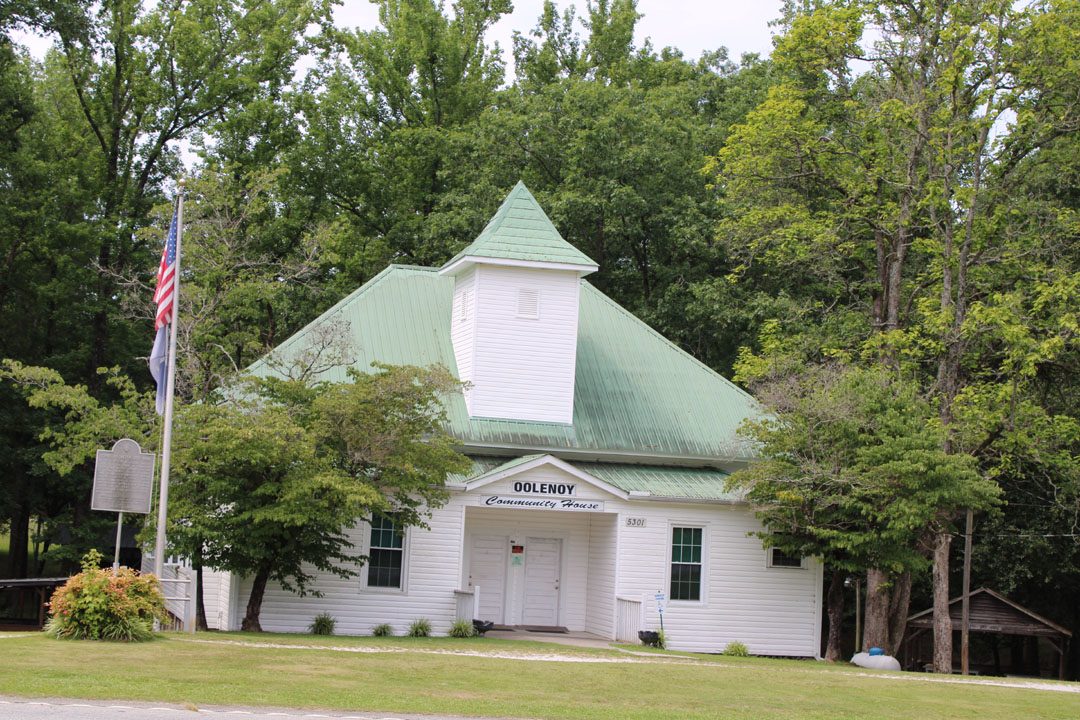
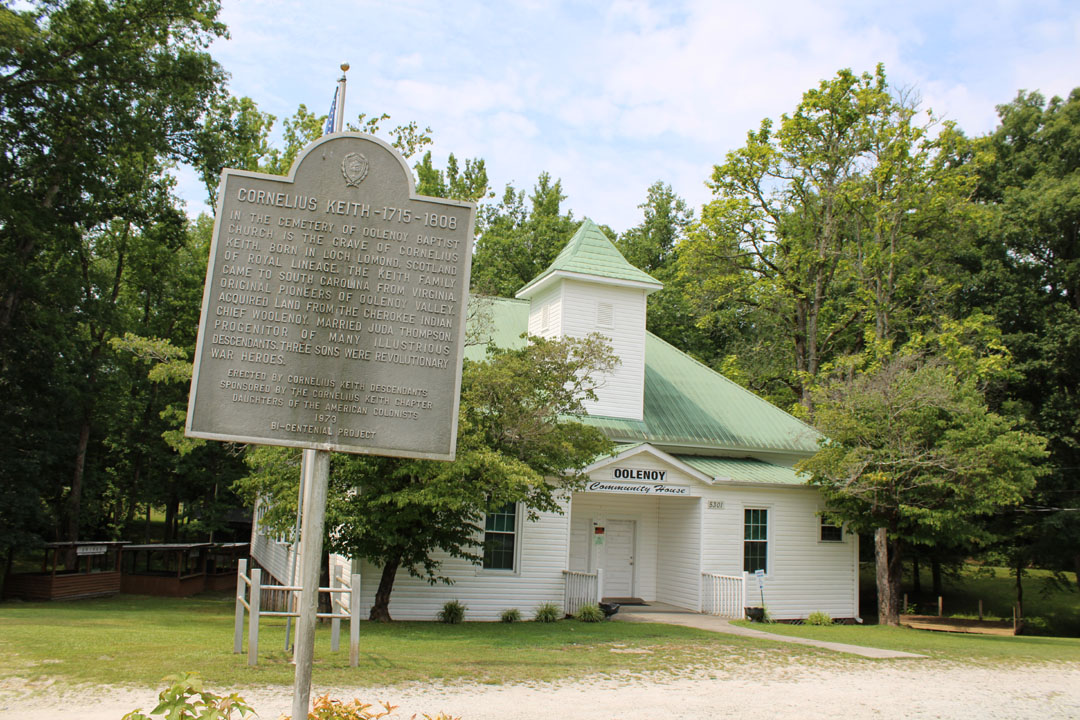
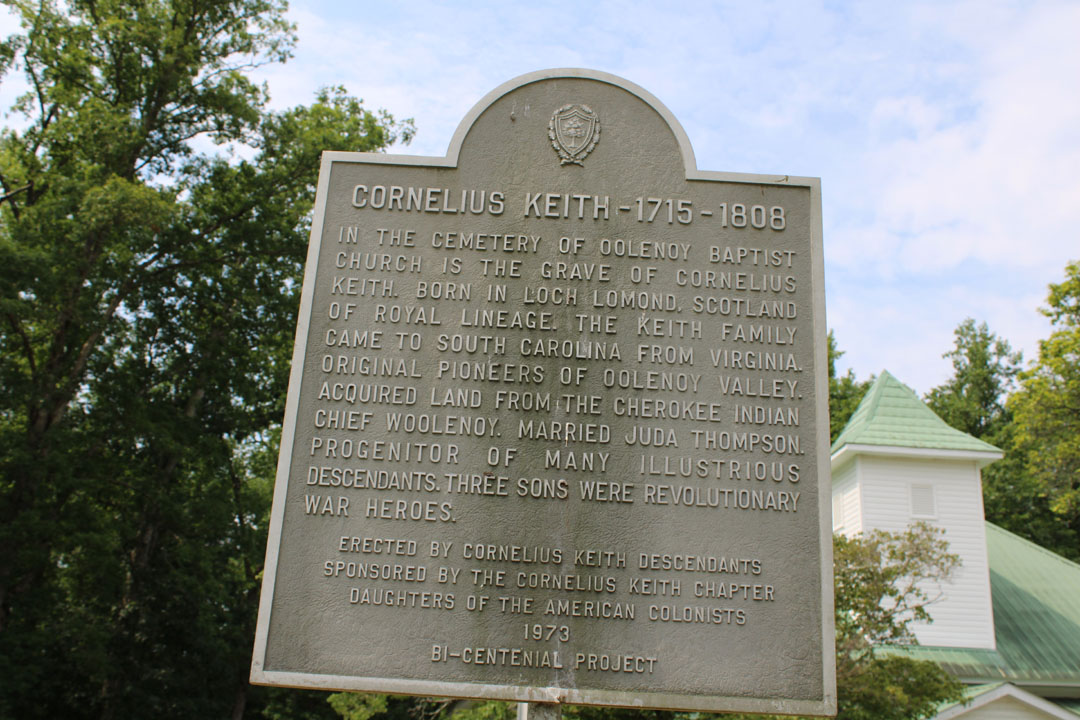
The old Oolenoy School now serves as a gathering place for Oolenoy residents. A marker in front of the building is dedicated to Cornelius Keith, the first settler in the Cherokee land that became Pickens County. (Photos by Karen Brewer)
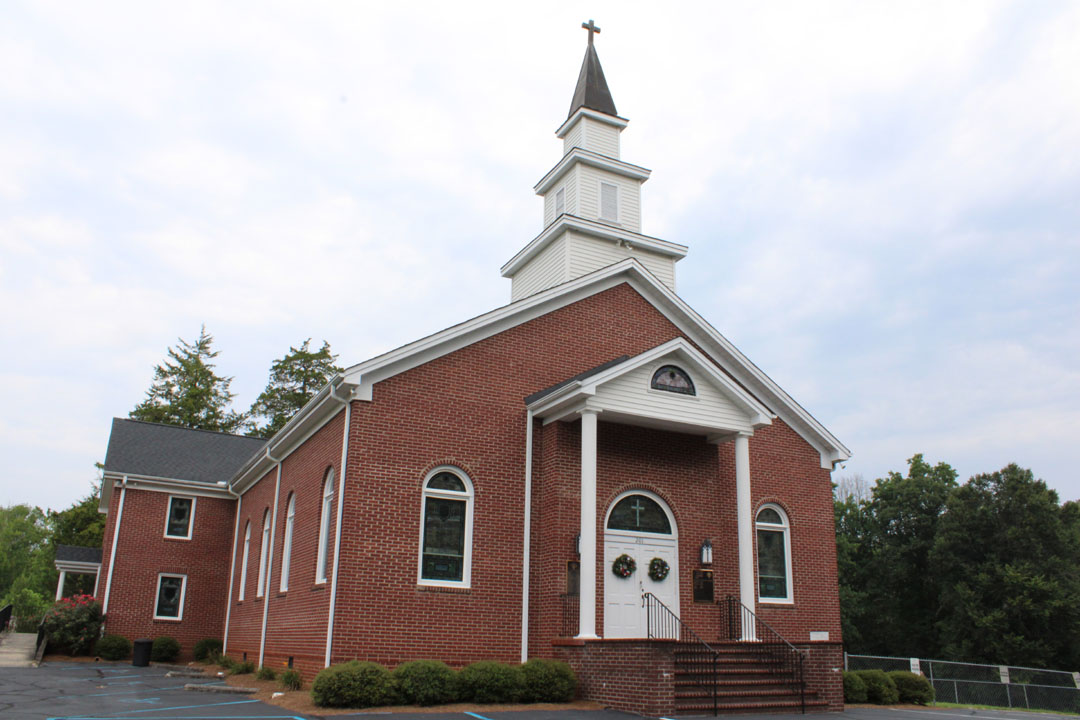
Oolenoy Baptist Church was established in 1795. In the church's cemetery lie the graves of the native Cherokee, former slaves, pioneer settlers, and veterans of several wars. (Photo by Karen Brewer)
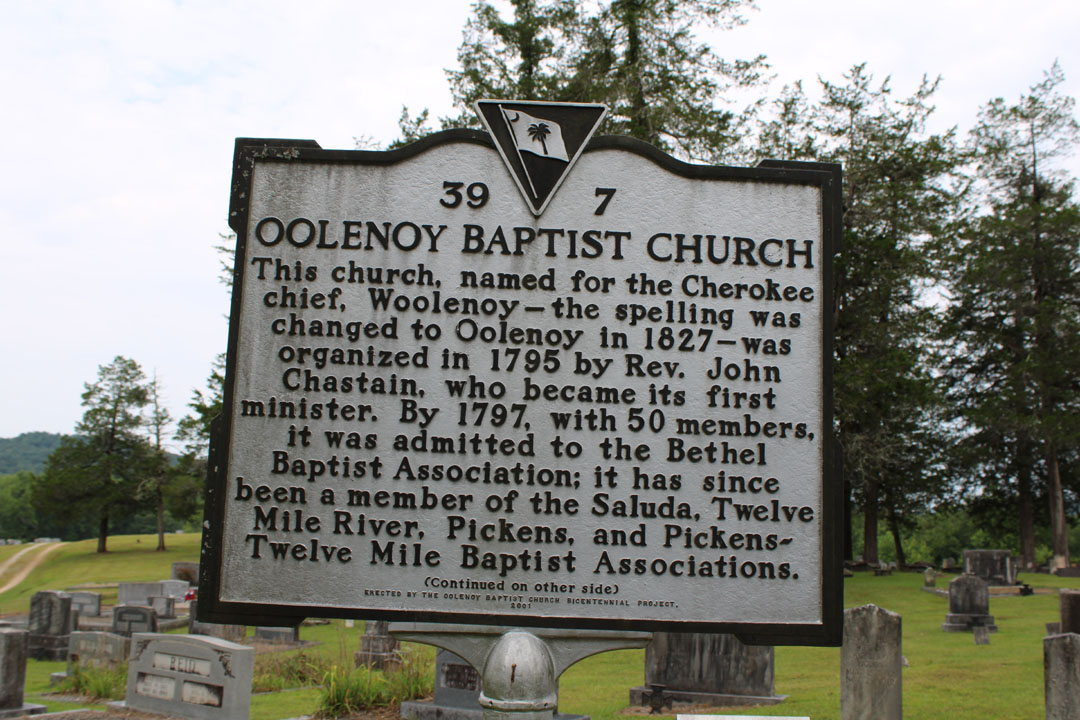
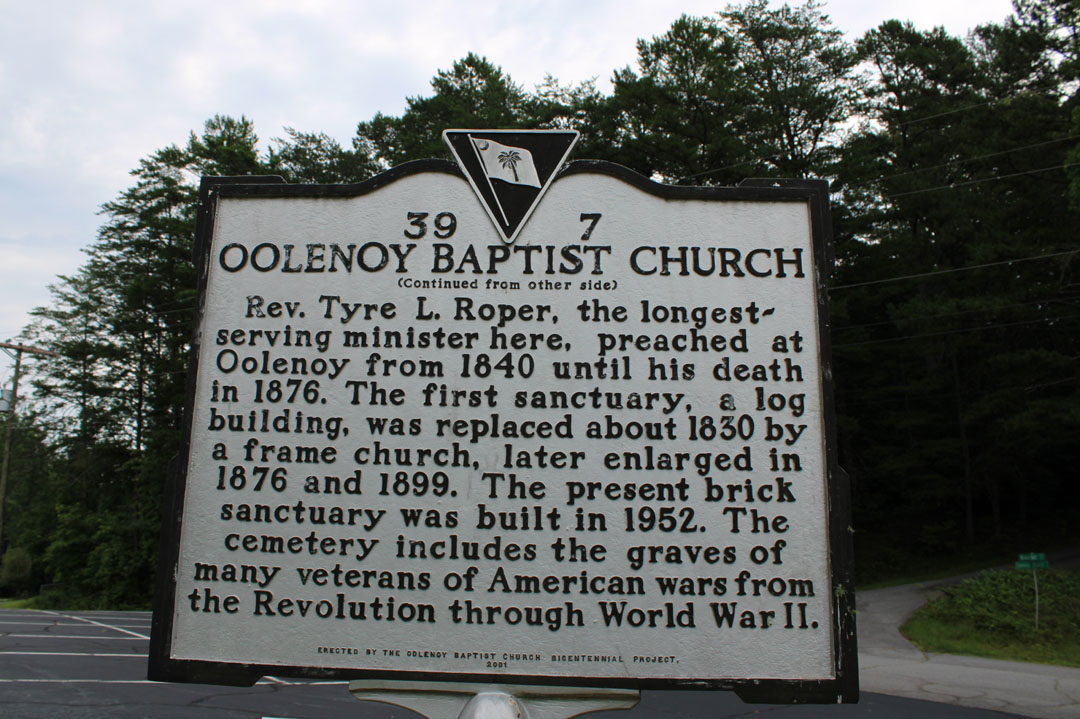
Oolenoy Baptist Church, established in 1795, was named for Cherokee Chief Woolenoy. (Photos by Karen Brewer)

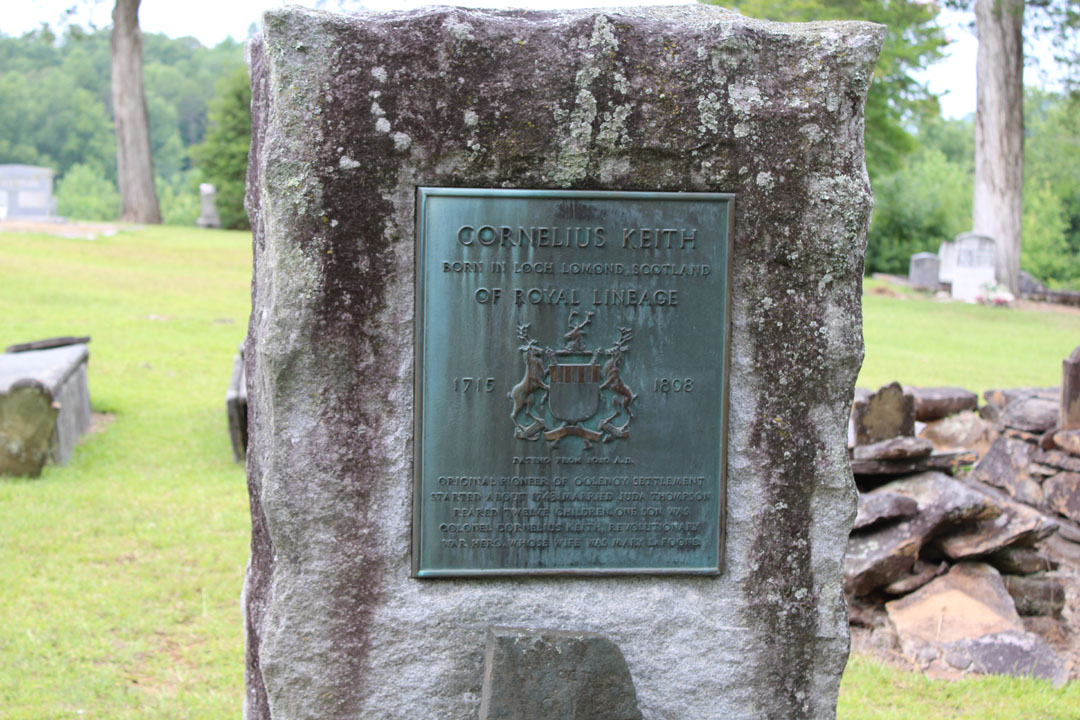
In the cemetery of Oolenoy Baptist Church lies the grave of Cornelius Keith, the original settler of what became Pickens County. (Photos by Karen Brewer)
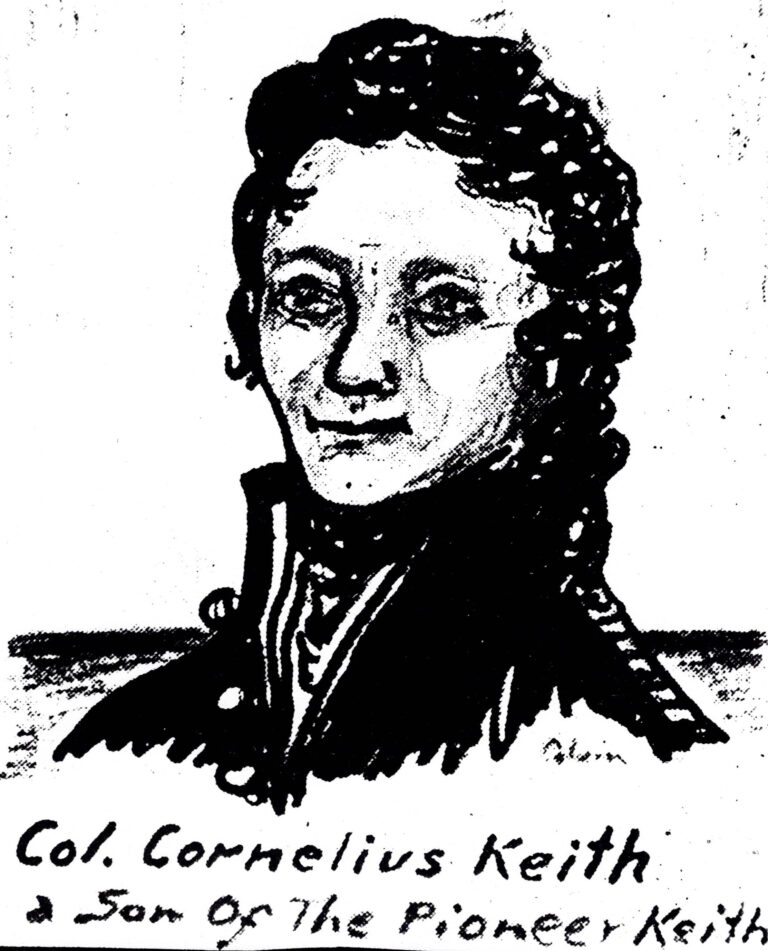
A copy of a sketch of Revolutionary War soldier Cornelius Keith (born in 1743), son of the pioneer Cornelius Keith. This drawing was passed down to Keith descendants.
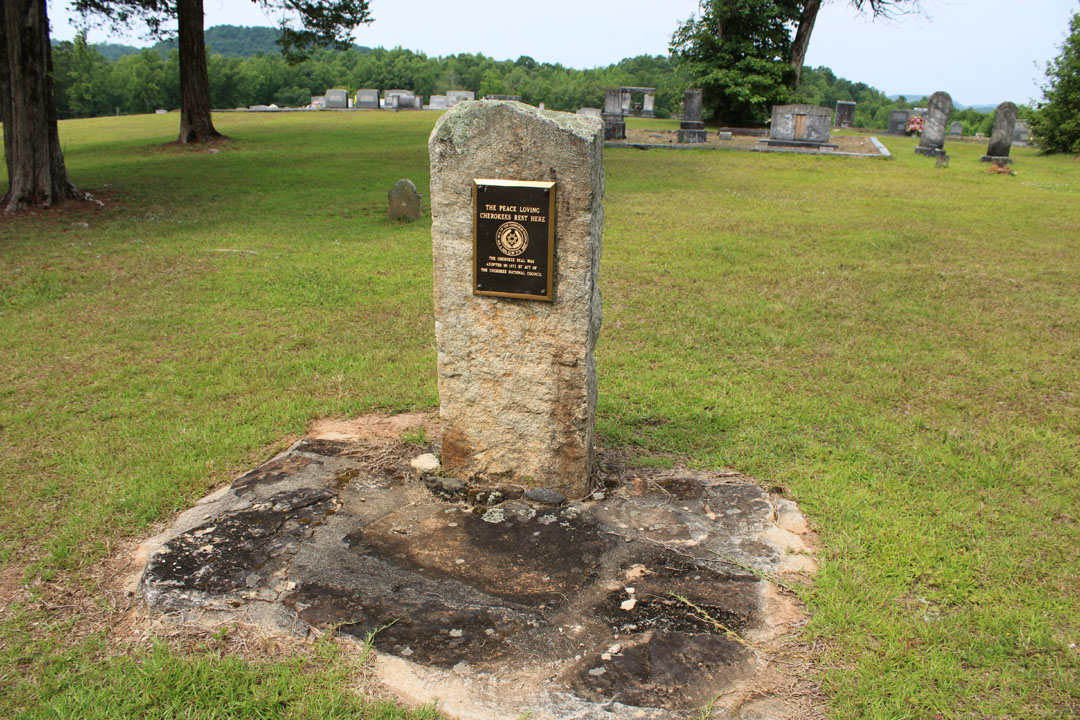
Monument to the Cherokees, in the Oolenoy Baptist Church cemetery. The site was originally a Cherokee burial ground. (Photo by Karen Brewer)
